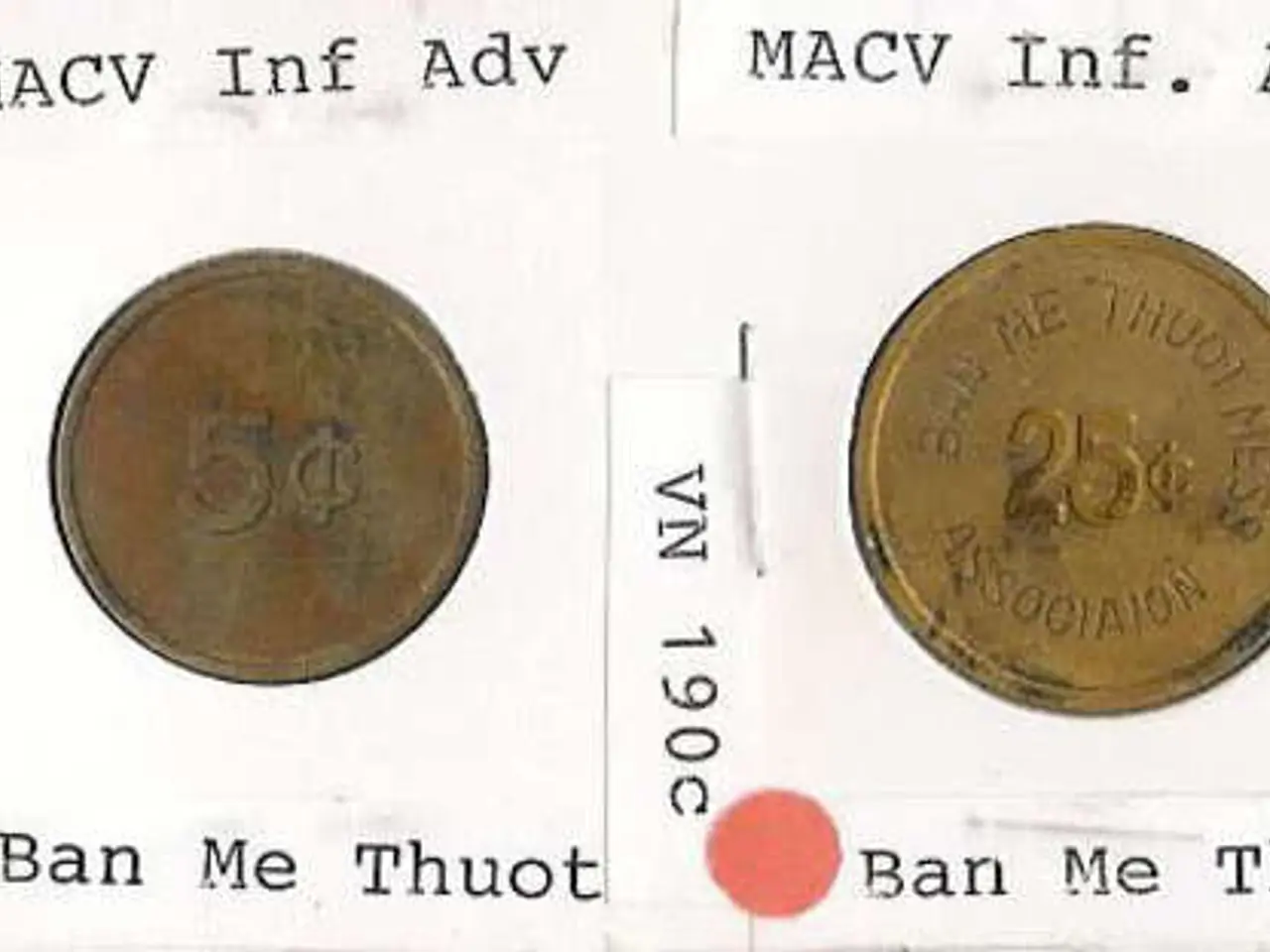Anticipated 1.5-fold rise in real wages by 2028, according to Economic Development Department's predictions
laying down the rundown:
Russian nominal wages are projected to surge, with a whopping 51.15% increase from 2025 to 2028. By 2028, this will lift wages to a stunning 132,940 rubles, according to "Vedomosti," backed by the Ministry of Economic Development's forecast.
The numbers don't lie: in 2024, wages already shot up 18.3% year-on-year, reaching 87,952 rubles. This predicted 51% increase over five years is a testament to the mighty wage growth Russia's on its way to witness. Here's a quick breakdown of the nominal wage growth rates:
- A 16.8% boost in 2025, reaching 102,728 rubles.
- An 11.4% rise in 2026, landing at 114,420 rubles.
- A more relaxed 8.3% increase in 2027, bumping it up to 123,880 rubles.
- And finally, a 7.3% boost in 2028 to hit the awe-inspiring 132,940 rubles.
When it comes to real wages (taking inflation into account), the story's a bit more modest. By 2028, the growth will have stagnated at a mere 3.2%. The conservative scenario, meanwhile, anticipates a slight deviation from the base scenario, with nominal wages reaching 127,423 rubles in 2028, still a significant increase from the initial 102,728 rubles.
The predictions, however, serve as a stark contrast to the forecast in the previous September, which assumed an average wage of Russians would reach only 119,296 rubles by 2027. But fear not, the workforce's growing! The Ministry of Economic Development projects the number of working-age population to swell from 76.2 million in 2025 to 76.5 million by 2028. That's a mere 0.3 million growth, but every little bit counts, right?
Experts surveyed by the newspaper have hinted that wage increases will remain a key strategy for enterprise personnel policies. But watch out! The pace of wage growth may slow due to a shortage of working capital at enterprises and savings behavior that curbs consumer demand. So, while the future looks bright for wage growth, it's not all sunshine and rainbows just yet.
the nitty-gritty:
The slowdown in wage growth is due to a constellation of factors as suggested by surveyed experts and the Central Bank. Among these factors:
- Labor Market Adjustments: The labor market's tight and unemployment's low, but surveys hint at a gradual easing of labor shortages in many regions, which might eventually balance things out and slow wage growth
- Productivity and Wage Increases: Wages have been sailing ahead of labor productivity, but companies are aiming for more restrained wage indexation in 2025 than in previous years. This could happen due to increased productivity or cost-cutting measures.
- Economic Growth Forecasts: Russia's expected GDP growth for 2025 hovers between 1.0% and 2.0%, depending on the source. Economy growth, needless to say, plays a crucial role in wage dynamics, and slower growth can equate to sluggish wage increases.
- Reallocation of Employees: There's a shift happening in the workforce, redistributing employees across industries. This reallocation might impact wage growth, with industries experiencing demand drops seeing decreased wage growth, while industries with rising demand could experience higher wage hikes.
Overall, these factors reveal a more measured approach to wage growth, reflecting both economic conditions and labor market realities. And while things might not always go as planned, keep your eyes peeled for updates on this exciting development in the Russian economy!
- The forecasted growth of Russian nominal wages in 2025 is predicted to increase by 16.8%, reaching 102,728 rubles.
- By 2028, the labor market is anticipated to show signs of easing, which might lead to a slowdown in wage growth, despite the projected increases in nominal wages.
- Wage increases may not always match labor productivity, as companies plan to implement more restrained wage indexation in 2025, which could be due to increased productivity or cost-cutting measures.
- The shift in the workforce redistributing employees across industries could impact wage growth, with industries experiencing demand drops seeing decreased wage growth, while industries with rising demand may experience higher wage hikes.




